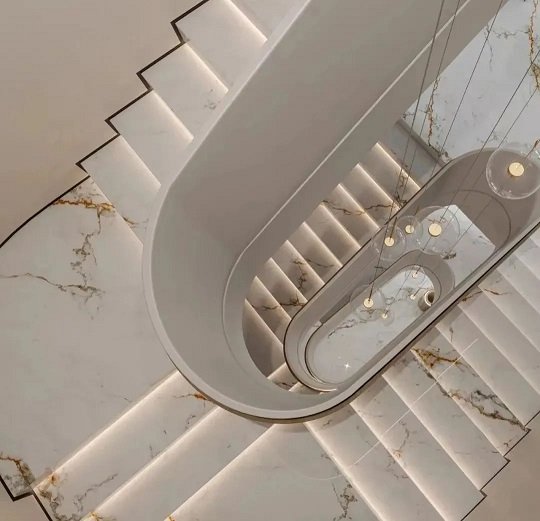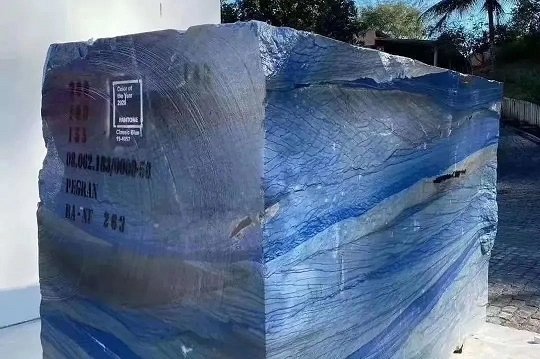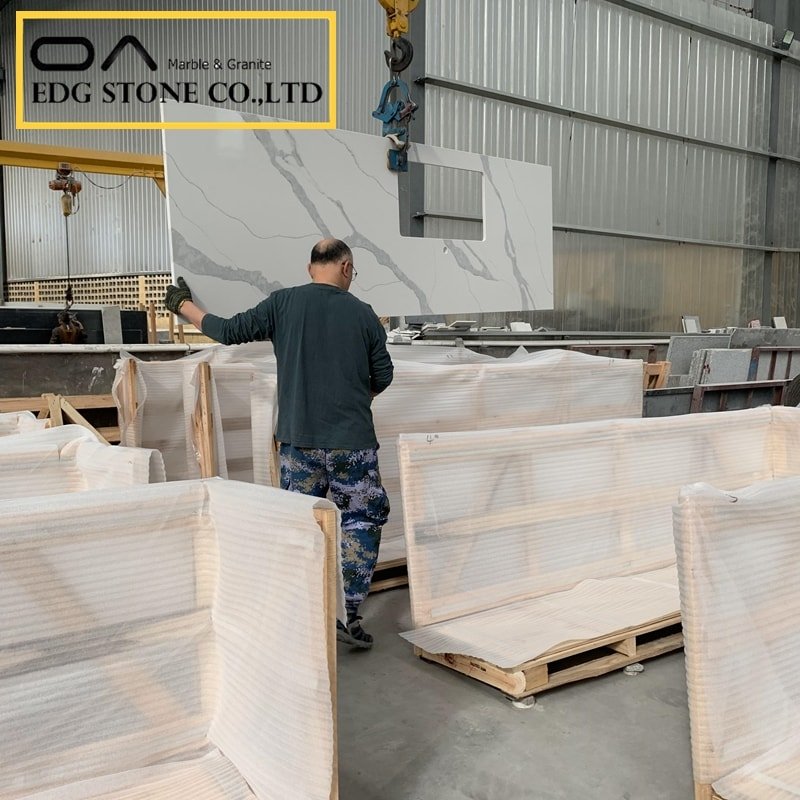Marble has always been a popular home-building material, and its high-end luxury characteristics have received rave reviews in the field of space decoration. However, in recent years, a wave of sintered stone has slowly been set off in the industry, and with the concept of slate frequently entering the public’s field of vision, it has become a new focus of the building materials industry.
So, what exactly is the difference between marble and sintered stone?

1. Different appearance and source

marbled
Natural marble is a gift from nature, so the texture of each piece is different, and the texture of the high-quality stone is clear, smooth, and delicate, and the color is rich and diverse.

Sintered stone
The slab is industrially processed, so the appearance of the same slab is highly consistent, and the texture of the slab is mainly imitation natural stone, although the texture is close to natural stone. However, at present, the variety of sintered stones on the market is relatively single, with black, white, and gray as the main color.
2. The composition of the ingredients is different

marbled
Marble is mainly composed of calcite, limestone, serpentine, and dolomite, and its main components are calcium carbonate (accounting for more than 50% of the total), magnesium carbonate, calcium oxide, manganese oxide, and silica.
Sintered stone
The slab is made of natural raw materials (silica, inorganic clay, feldspar powder) through a special process, pressed by a press, and fired at a high temperature of 1200°C.

3. Physical and chemical properties are different
hardness
The Mohs hardness of marble is 2.5-5, the texture is dense but the hardness is not large, easy to process, carve and grind, polish, etc.;
The hardness of the rock slab is 6-7 on the Mohs scale and is wear-resistant, scratch-resistant, and impact-resistant.
Compactness
The compactness of marble, according to different varieties, varies greatly, and in general, it is relatively loose. However, marble interior decoration can be used for good maintenance and is durable.
The slab has higher compactness and a strong ability to resist water and stains.
stability
Marble is physically stable, has high plane accuracy, can ensure long-term non-deformation, small linear expansion coefficient, has no sense of stagnation, is not affected by moisture, and plane stability is good.
The stability of the sintered stone is high, wear-resistant, and durable.

Marble vs sintered stone, who wins? Let’s take a look together
Beautiful: As mentioned above, natural stone textures are varied, while the sintered stone is slightly single, so this round of marble wins
Physical and chemical properties: rock slab wear and scratch resistance, low water absorption, slab slightly better in this aspect.
Processing: Compared with stone slabs, marble has a relatively high degree of freedom in processing and modeling, and can be used for processing the design of carvings, columns, and other products.
In the end, in fact, sintered stone and stone have their own advantages and disadvantages, regardless of the size, consumers can choose according to their own style, and function. For example, staircase steps, background walls, and other places can choose luxuriously textured marble, while countertops, bathrooms, and other places can choose sintered stone slabs.







